Just in case anyone missed the memo, L.L. Bean does not slavishly follow the latest fashion trends.
But the Freeport company’s original product – L.L.’s famous hunting boots – is now fashionable, regardless of the retailer’s intentions.
“I have a pair and I’ve worn them during New York Fashion Week,” said Christina Binkley, The Wall Street Journal’s fashion columnist. “I got a lot of compliments on them.”
The boots, with leather uppers stitched to rubber bottoms, are part of a new fashion movement called “normcore,” for “normal” and “hardcore.” The movement is a repudiation of fashion fads that come and go at the speed of light in favor of fashion staples and the kind of clothing that the young and hip might find in their parents’ closets.
“This is fashion people, cutting-edge, discovering the kinds of clothes that other people have been wearing forever,” Binkley said.
For Bean, that return to basics means big sales.
If forecasts hold, the company will sell 500,000 pairs of its signature boots this winter, an increase of 66 percent over the 300,000 sold in 2012-13. The boots were so popular last winter, when 450,000 were sold, that a huge backlog built up. According to spokeswoman Carolyn Beem, the company finally caught up with holiday orders in early July.
That inability to keep up with the sharp rise in demand in the last few years led Bean to hire new boot-makers and buy another injection-molding machine to make the boots’ rubber bottoms. And the two plants where the boots are made – in Lewiston and Brunswick – are now running around the clock to build up inventory in advance of fall and holiday orders.
The boots are the key part of the Bean brand. The company sends out an oversized motorized Bean boot for parades and promotional appearances and company officials are keenly aware that it’s the product the company was built on.
Bean, while wary of following fashion trends, is preparing for the wave to continue.
The company bought the new injection-molding machine so it could turn out more rubber bottoms for the boots. Bean has also hired and trained – training takes about six months – 100 new boot-makers who stitch the leather uppers to the rubber bottoms. The two factories where the boots are made are now running three shifts to try to build up the inventory. Last year, the company ran two shifts, adding a third late in the year.
The addition of the new machine will also allow the company to turn out colored bottoms, expanding the dark brown and tan options that have grounded the boot since its inception more than a century ago, said Willy Lambert, the company’s merchandising manager for footwear. The new colors – blue, green and red – will debut this fall.
Lambert said Bean doesn’t eschew fashion but doesn’t much care about chasing it, either.
“There’s a fashion element to it,” he said, but “the boots haven’t changed. Sometimes the fashion comes to us.”
‘IT’S OLD-SCHOOL PREP’
Krista Robertson, a fashion blogger in New York, said she was drawn to the boots because they’re fashionable, while at the same time displaying a sort of disdain for fashion.
“It’s not fashionable fashionable, (which signals) ‘I don’t care,’ … but I do,” she explained.
Robertson, 24, said she saw a lot of people at the University of Kentucky wearing the boots when she went to school and started wearing the boots as a senior. She said she didn’t see them as often when she moved to New York two years ago and went to work in Major League Baseball’s social media operations, but they’re much more common now.
“The fact that your parents wore them and it’s old-school prep, that’s what you want to re-create,” she said. “It’s the whole traditional, USA preppy version.”
Robertson said Bean’s reputation for quality and a liberal exchange or return policy are also attractive to customers.
“They’re made to last and L.L. Bean is such a good company that they’ll switch them out,” she said.
Robertson said she sees no sign of the popularity of the boots waning.
“I hope it’s a long-term thing,” she said. The boots are “fashionable, but not trendy. Bean is classic and will always stay in style.”
Binkley said the fashion market turned to Bean because the company has more than just a good product. She said Bean also represents heritage as a 103-year-old company, and the fact that much of the production process involves hands-on work doesn’t hurt, either.
“That makes it a luxury brand,” she said.
But it’s an affordable luxury, with boots generally running from $99 to $199. Even at the lower end of that price range, 500,000 pairs represent nearly $50 million in revenue for Bean. Last year the company reported overall revenue of $1.6 billion.
Lambert said the projection for selling 500,000 boots this year represents a nice turnaround for the footwear.
When he started at Bean nearly four years ago, the concern was how to avoid laying people off at the boot-making plants. As sales started to pick up, he said, the company concentrated on finding efficiencies and then decided over the last year to hire more boot-makers and buy the new million-dollar machine.
Now, he said, the two plants are pretty much maxed out, but Bean isn’t going to cut corners or sacrifice quality to boost revenue.
“We’re willing to maybe miss a few sales,” he said. “And it’s not like there’s any downtime at the factories right now. We’re making as many boots as we can.”
PRUDENT PRODUCTION INCREASE
Bean’s success with the boots puts it at the forefront of a slight rebound in American shoe- and boot-making. There are now 90 factories making shoes in the country, down from 150 in 1995, but production has increased from a low of about 25 million pairs in 2009 to 32 million in 2013, according to the American Apparel & Footwear Association.
Lambert said Bean isn’t too sure how the boots earned their place in fashion wardrobes. He said the company gets photographs of sorority members at Southern colleges – Alabama, Georgia and Auburn stand out – decked out in Bean boots. Those climates don’t suggest that the selection of Bean boots was weather-driven, he said, and speculates that a few New Englanders might have taken their boots down South, sparking an interest.
And the interest from young women probably boosted its profile, he said. But still, the boot is too integral to the rest of the company to do more than try to keep up with sales without going overboard, he said.
“They’re a big piece of our business,” Lambert said. “There are people who know very little about L.L. Bean beyond the Bean boot. It’s as important to L.L. Bean as doughnuts are to Dunkin’ Donuts.”
The 10 percent increase in production strikes Binkley as a reasonable, conservative response to being caught up in a hot fashion trend.
“I definitely see it continuing through this year,” she said, while cautioning that “no fashion trend lasts forever.”
Marshal Cohen, chief retail analyst for The NPD Group, a market research firm, agreed, and said Bean needs to carefully manage its boots.
“The key is to recognize it as a trend and don’t oversupply the market,” he said.
Cohen said the best strategy for a company that finds itself riding a trend is to control the supply and innovate, although the latter approach is unlikely with the Bean boot – its last major redesign was in 1999 and a key concern was not changing the boot too much.
Cohen said Bean seems to be handling the issue of supply well. An increase in production of about 10 percent strikes him as prudent, he said, but pumping up production more than that would be worrisome.
“Anything more than 10 percent is too much,” he said. “They’re smart in recognizing that they should do controlled growth. They’re better off selling out than selling off.”
Send questions/comments to the editors.


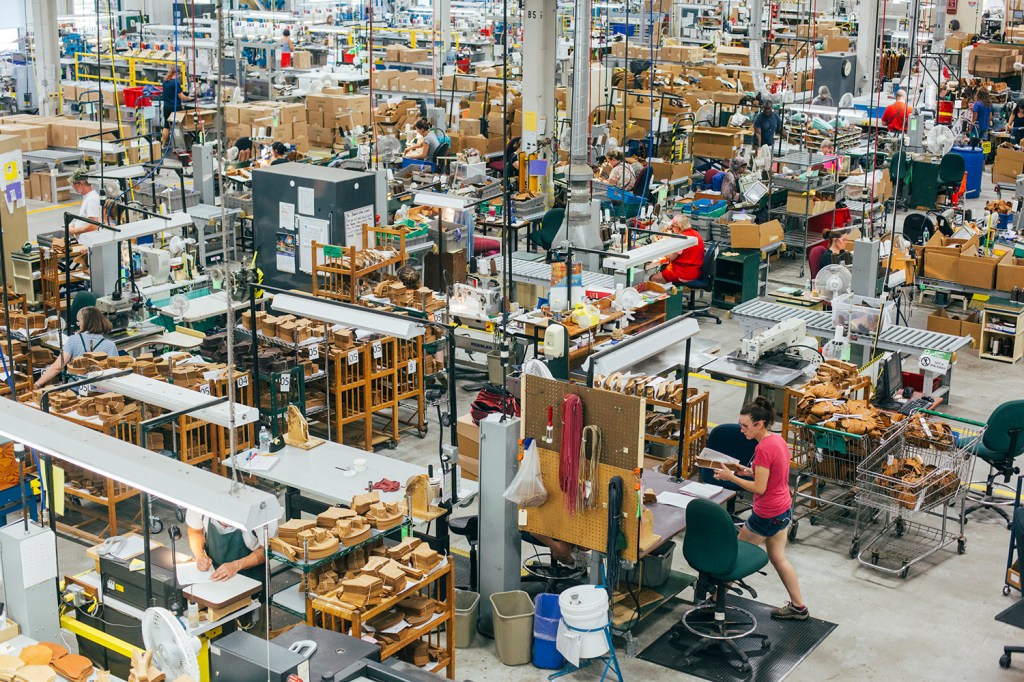

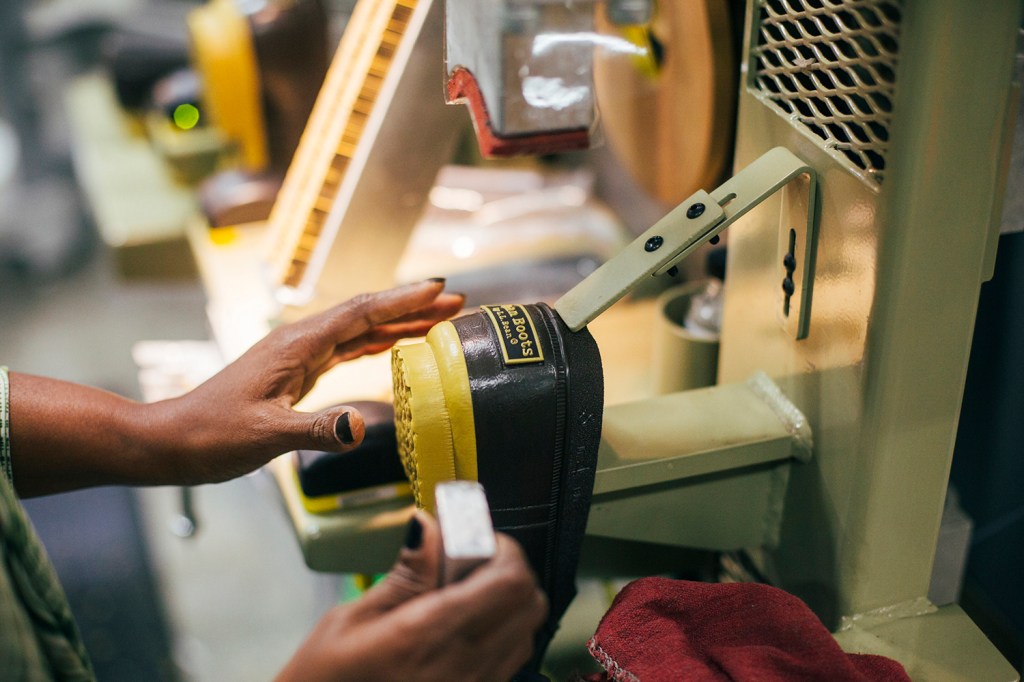
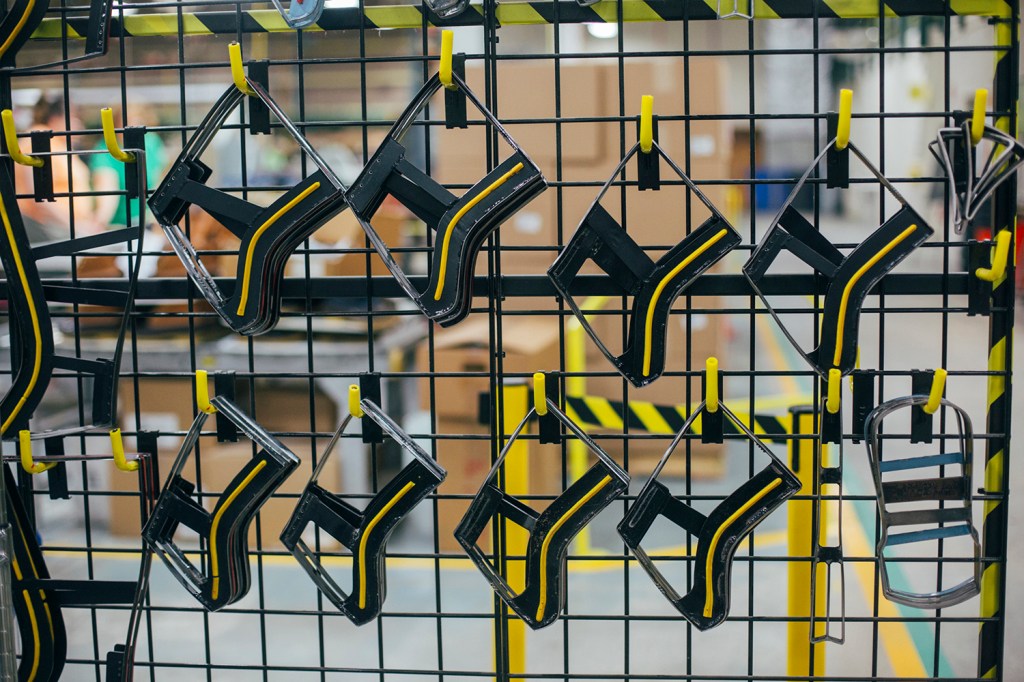
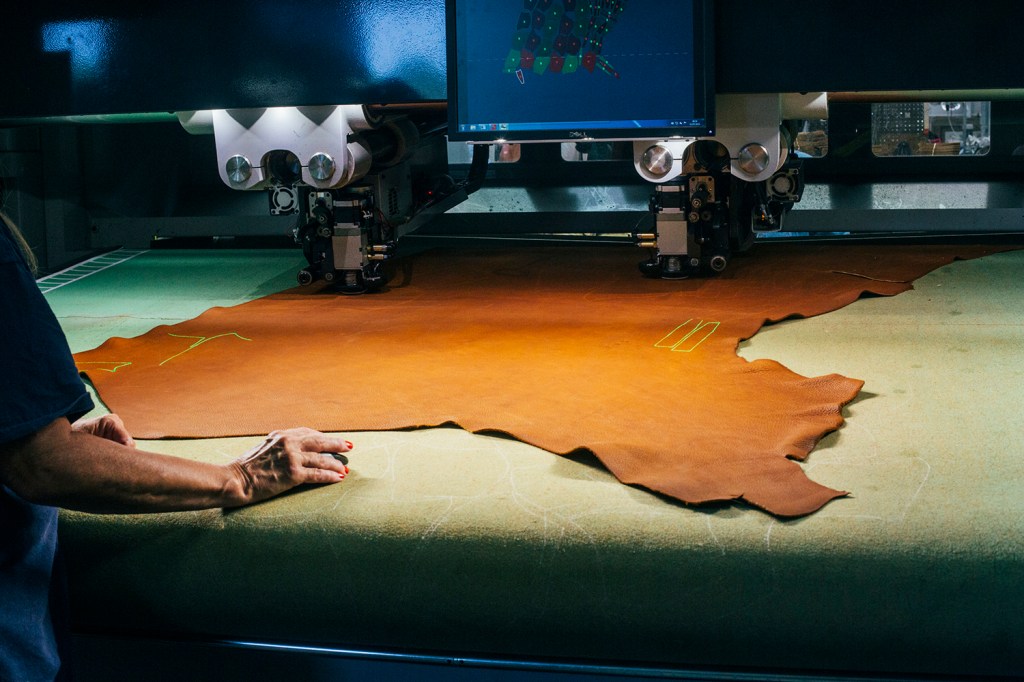
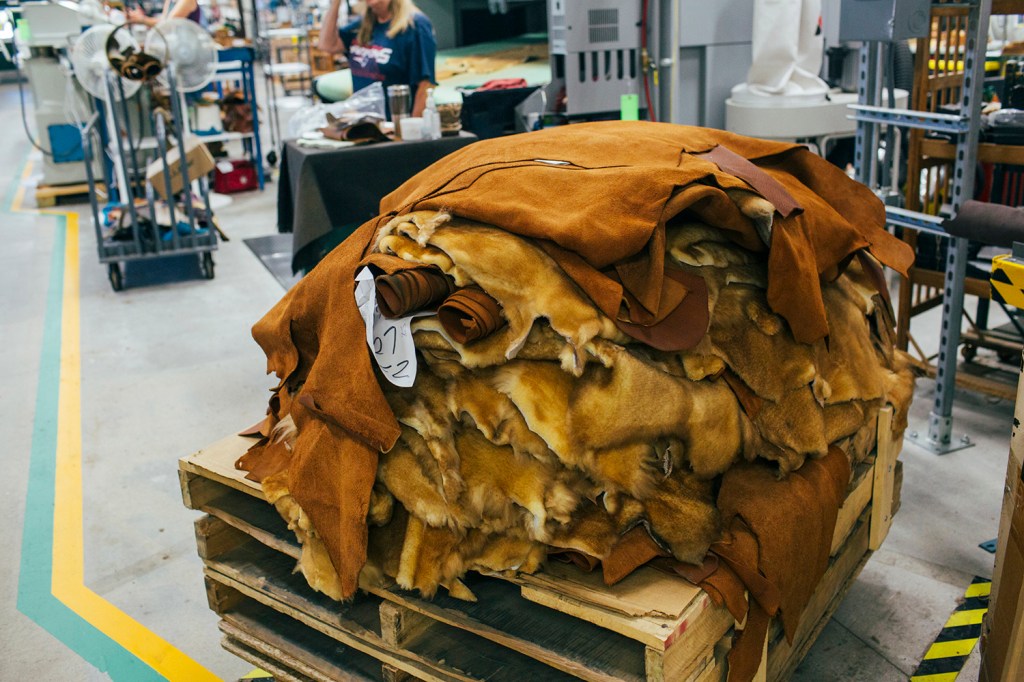
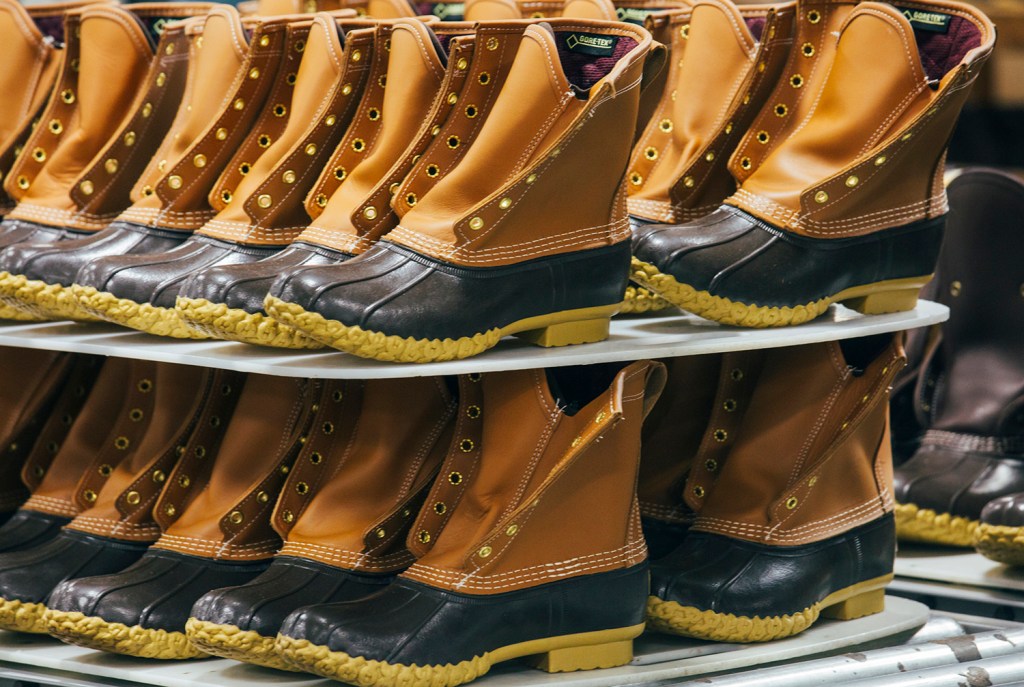


Success. Please wait for the page to reload. If the page does not reload within 5 seconds, please refresh the page.
Enter your email and password to access comments.
Hi, to comment on stories you must . This profile is in addition to your subscription and website login.
Already have a commenting profile? .
Invalid username/password.
Please check your email to confirm and complete your registration.
Only subscribers are eligible to post comments. Please subscribe or login first for digital access. Here’s why.
Use the form below to reset your password. When you've submitted your account email, we will send an email with a reset code.